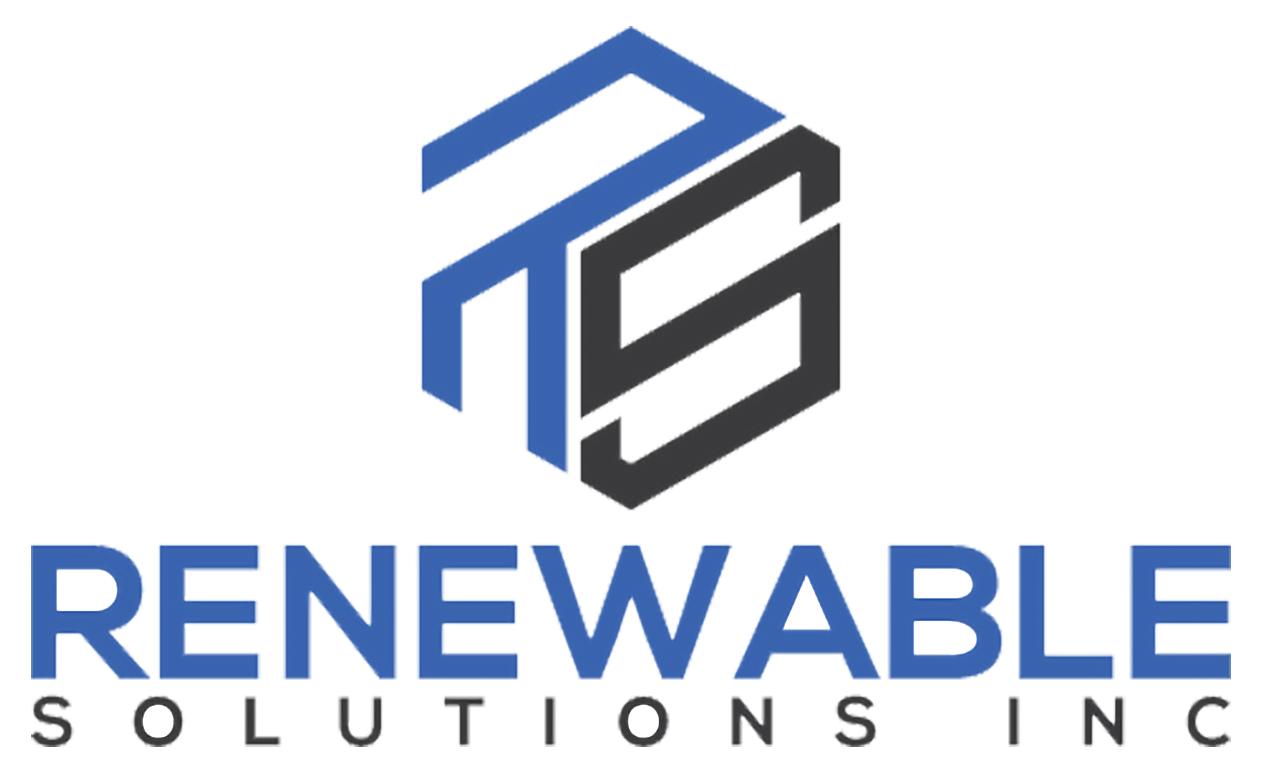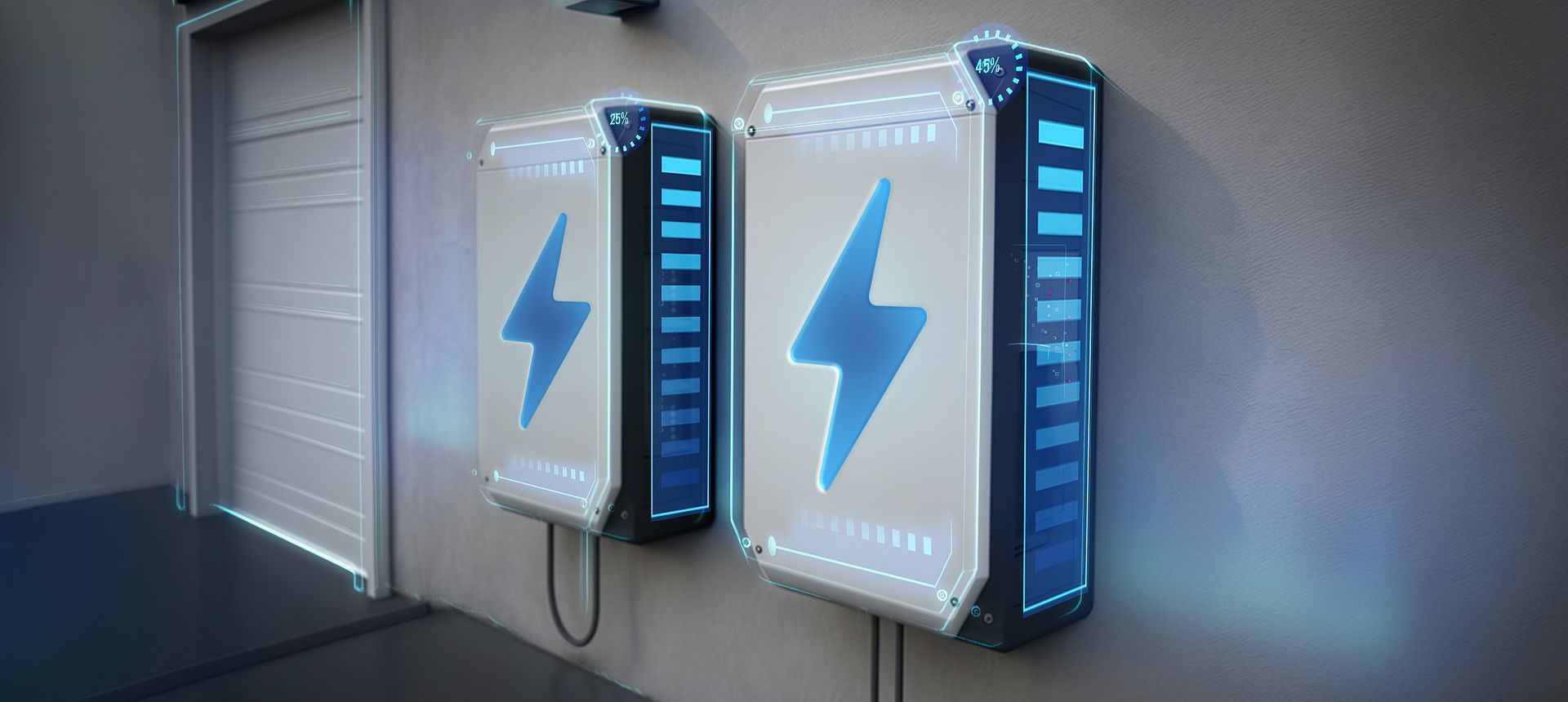Up to 30% Federal Tax Credit Available | $250-$1000 for customer referrals!
The Introduction of Tesla Powerwall 3
A New Era for Home Energy Storage
Tesla has once again pushed the boundaries of home energy storage with the release of the Powerwall 3. This latest iteration builds on the success of its predecessors, offering significant advancements that set it apart from other batteries on the market. Let’s dive into what makes the Powerwall 3 a game-changer for homeowners looking to maximize their energy efficiency and independence.
Read Time: 6 min

By Logan Vierstra
Contents
- Introduction
- Tesla Powerwall 3 Features
- Comparing with other batteries
- Conclusion
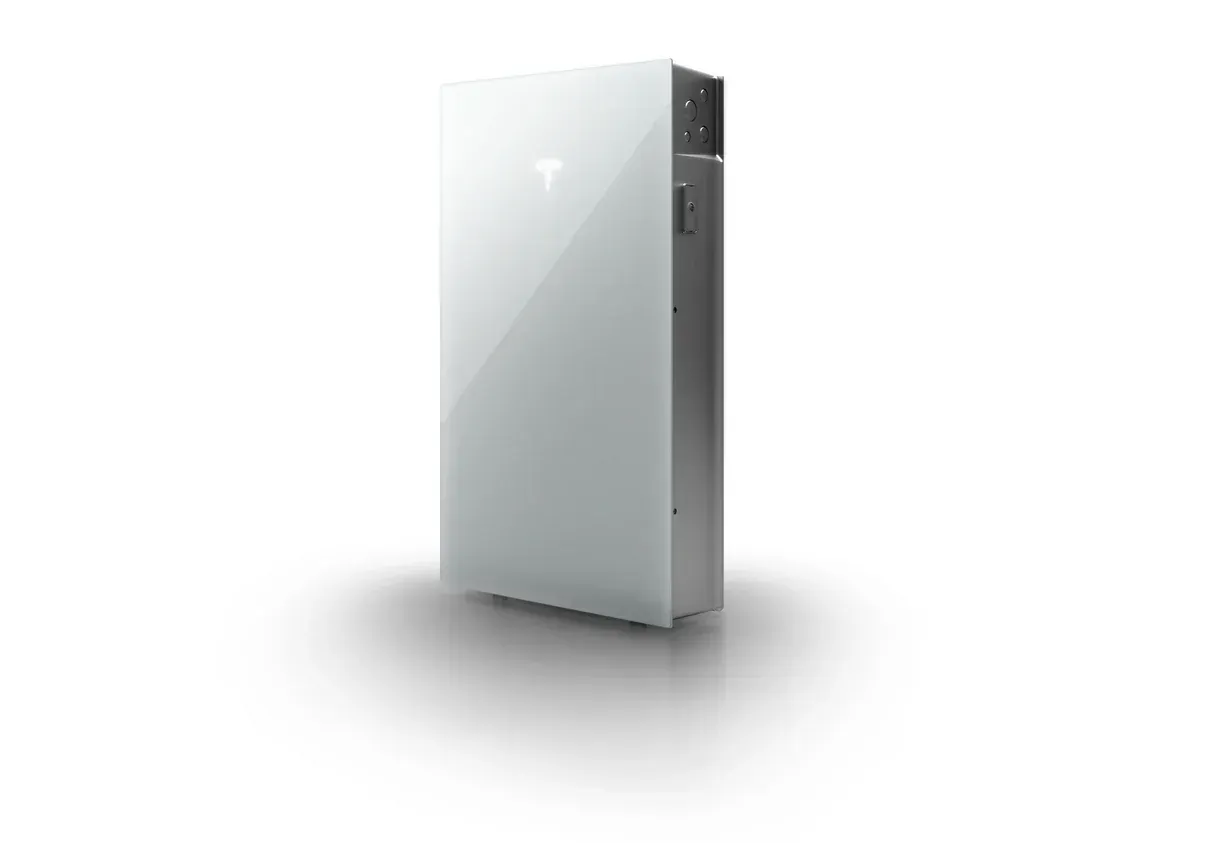
Before the transition from the Net Energy Metering 2.0 (NEM2) to the Net Billing Tariff (NBT) in California, we often advised against investing in home batteries. Under NEM2, homeowners received retail-rate credits for the excess solar energy they exported to the grid. This made it financially advantageous to rely on the grid for energy storage rather than investing in costly home batteries.
Since then the landscape has changed dramatically. The biggest change being the aforementioned shift from NEM2 to NBT. The NBT compensates homeowners for excess energy at a rate that is different every hour of the day, which most of the time is much lower than what you would be charged for that energy 1. This shift has made it more beneficial for homeowners to store their excess energy in batteries and use it during peak demand times when electricity rates are higher.
Another factor that played into our recommendation that homeowners hold off on batteries before NEM2 was phased out was that we knew once it was gone, demand for batteries would increase tremendously. It was our belief that once this happened we would see economies of scale lead to a significant reduction in production costs, as well as advancements in technology. Time has proven we were accurate in our prediction. The increase in demand has allowed many manufacturers to offer deeper discounts on their products. At the same time technological improvements have translated into a better bang for your buck. So without further ado, let's talk about the most exciting advance in the battery industry..
Tesla Powerwall 3
There are many batteries on the market, what is it that sets the TPW3 above it's competitors?
- Whole Home Back-up: The standout feature of the Powerwall 3 is its impressive power output. It boasts a continuous power output of 11.5 kW, more than double that of the Powerwall 2. This means it can handle more of your home’s energy needs simultaneously, making it ideal for larger households and whole home back-up.
- Integrated Solar Inverter: Unlike many other home batteries, the Powerwall 3 comes with an integrated solar inverter. This integration not only simplifies the installation process but also enhances the overall efficiency of the system. By directly converting solar energy into usable electricity, the Powerwall 3 reduces energy loss and maximizes the benefits of your solar panels.
- Higher Efficiency and Capacity: The Powerwall 3 features a usable energy capacity of 13.5 kWh, similar to the Powerwall 2, but with improved efficiency. It utilizes Lithium Iron Phosphate (LFP) batteries, known for their safety, longevity, and higher efficiency. This means you get more out of each charge, ensuring your home stays powered longer during outages or peak usage times.
- Enhanced Software Integration: Tesla has also upgraded the software capabilities of the Powerwall 3. The system can be monitored and managed through the Tesla app, allowing homeowners to customize their energy usage and storage based on their specific needs and includes a Storm Watch feature that readies your battery for an outage. This level of control helps optimize energy consumption, reduce reliance on the grid, and lower utility bills.
- Modular Design for Scalability: The Powerwall 3 is designed to be easily expandable. Homeowners can install up to four units, providing a total energy storage capacity of 54 kWh. This modularity ensures that the system can grow with your energy needs, making it a future-proof investment.
Comparing to Other Batteries
When compared to other home batteries on the market, the Tesla Powerwall 3 stands out in several key areas:
- Power Output: Many home batteries offer lower continuous power output, often around 5 kW. The Powerwall 3’s 11.5 kW output is a significant improvement, allowing for more robust energy support.
- Integrated Inverter: The inclusion of an integrated solar inverter is a unique feature that simplifies installation and improves efficiency, a benefit not commonly found in other systems.
- Battery Technology: The use of LFP batteries in the Powerwall 3 provides a safer and longer-lasting option compared to the more common Lithium Nickel Manganese Cobalt Oxide (NMC) batteries used in other systems.
The introduction of the Tesla Powerwall 3, coupled with the shift from NEM2 to the Net Billing Tariff and advancements in battery technology, has transformed the home energy storage landscape. Batteries are no longer a luxury but a necessity for homeowners looking to maximize their energy independence and financial savings. With the Powerwall 3, Tesla continues to lead the way in making clean energy accessible and practical for all. Click here to request a time to chat with one of our team members to discover if the Powerwall 3 is the ideal renewable solution for your home!
If you want to learn more about the effects of the Inflation Reduction Act check
this blog out.
The Good Earthling


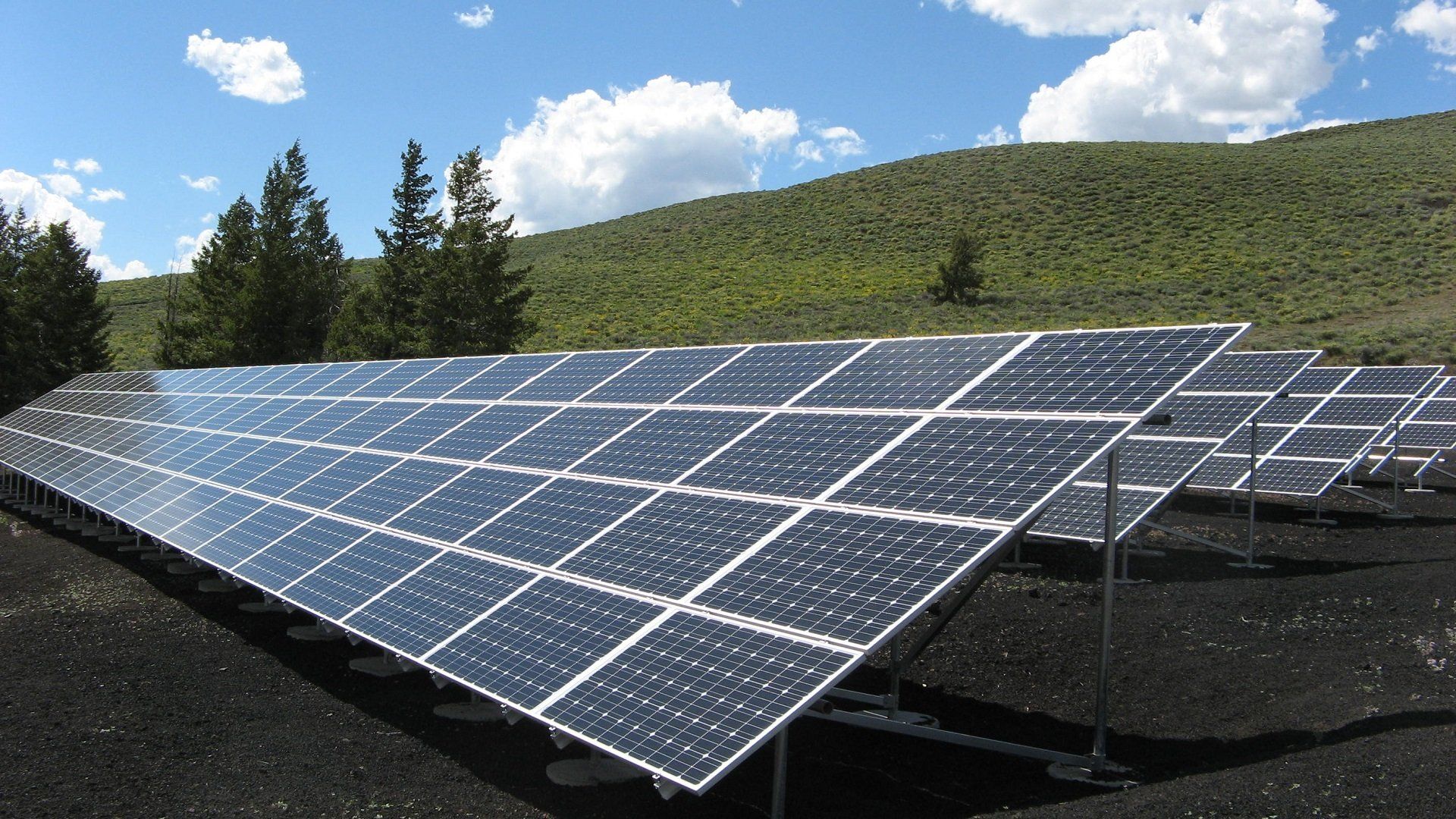
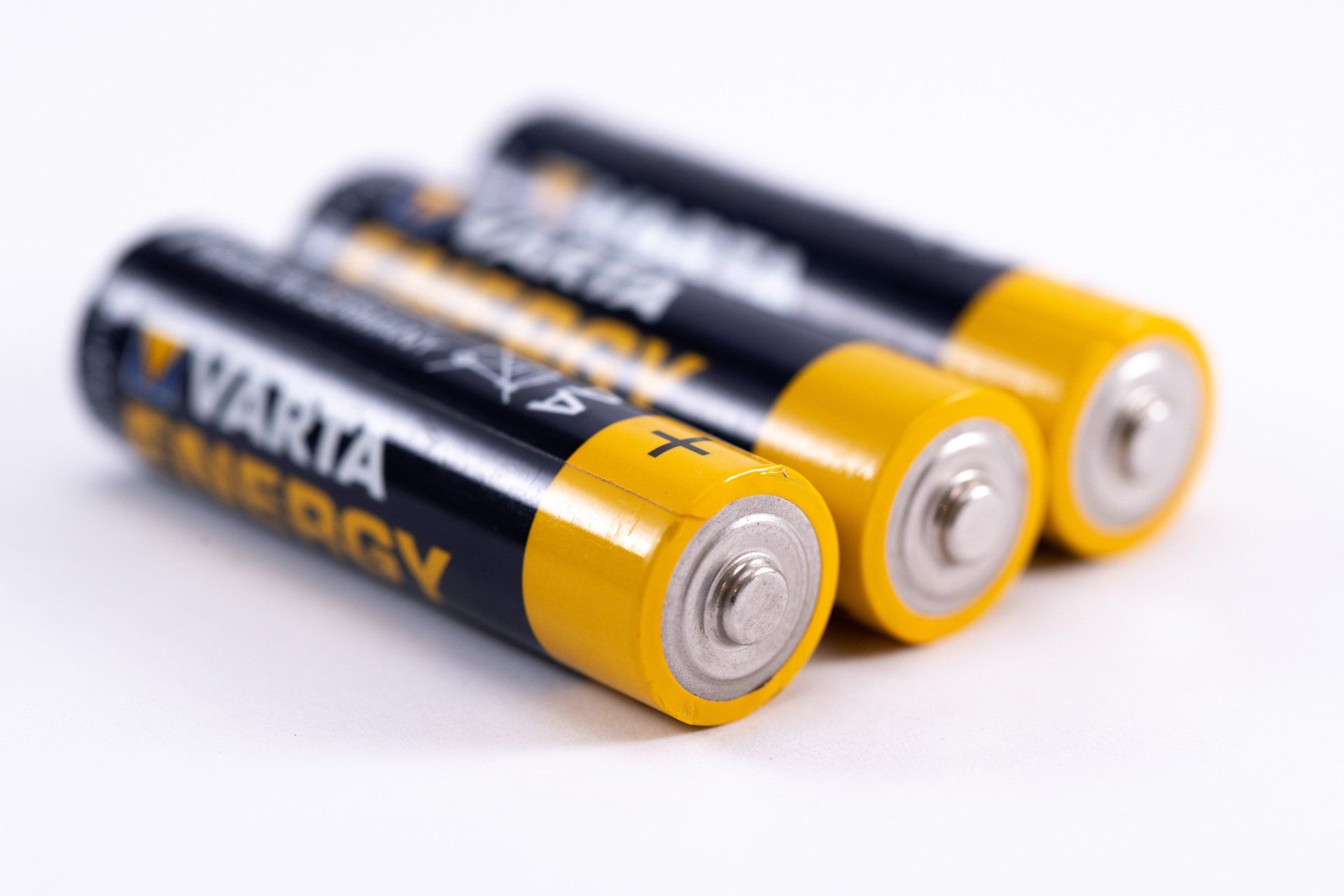
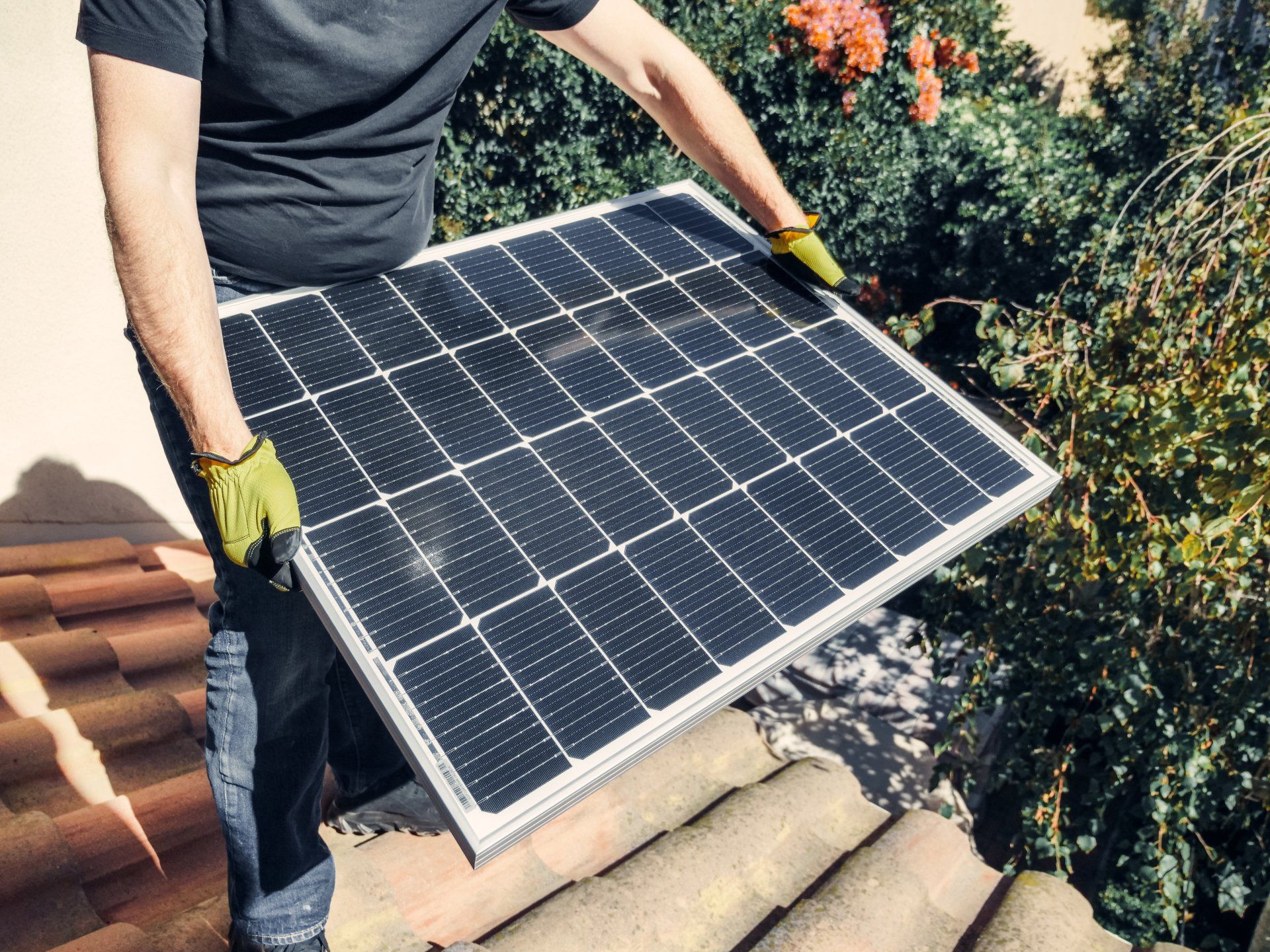
Offering solar, battery backup, roofing, and windows. Products that save you money and energy.
